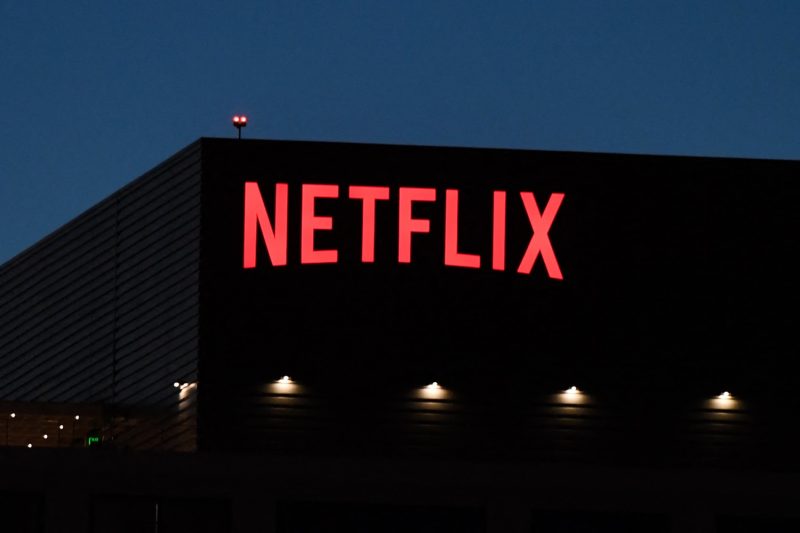The advent of streaming services has revolutionized the way we consume entertainment media. Platforms like Netflix have become household names, offering a vast array of movies, TV shows, and documentaries at the click of a button. In a bid to cater to a wider audience and diversify their revenue streams, Netflix introduced an ad-supported tier two years ago. This move has proven to be a game-changer, with over 70 million users opting for this option each month.
The success of the ad-supported tier can be attributed to several factors. Firstly, it provides a more affordable alternative for users who may be deterred by the high subscription fees of traditional plans. By incorporating ads into the viewing experience, Netflix is able to offer a lower-priced option while still generating revenue from advertisers. This not only attracts budget-conscious consumers but also opens up new opportunities for brands to reach a highly engaged audience.
Moreover, the ad-supported tier allows Netflix to gather valuable data on user preferences and behavior. By leveraging this information, the platform can offer targeted ads that are more likely to resonate with viewers. This personalized approach enhances the overall viewing experience, creating a win-win situation for both users and advertisers. It also enables Netflix to stay competitive in an ever-evolving market by adapting to changing consumer demands.
Another key aspect of the ad-supported tier’s success is the seamless integration of ads into the platform. Unlike traditional TV commercials that interrupt the viewing experience, Netflix has incorporated ads in a non-intrusive manner. These ads are strategically placed between episodes or movies, ensuring a smooth transition that does not disrupt the content flow. This user-friendly approach has been well-received by viewers, further driving the adoption of the ad-supported tier.
Additionally, the ad-supported tier has allowed Netflix to expand its reach to a broader audience. By offering a more accessible pricing option, the platform has attracted users who may have previously been hesitant to subscribe. This has not only increased Netflix’s user base but also diversified its audience demographic, making it more inclusive and appealing to a wider range of consumers.
Looking ahead, the success of the ad-supported tier serves as a testament to Netflix’s commitment to innovation and adaptability. By continuously evolving its business model and offerings, the platform has solidified its position as a frontrunner in the streaming industry. As technology and consumer preferences continue to evolve, Netflix’s ad-supported tier stands as a prime example of how adaptation and strategic decision-making can drive growth and success in a competitive market.
